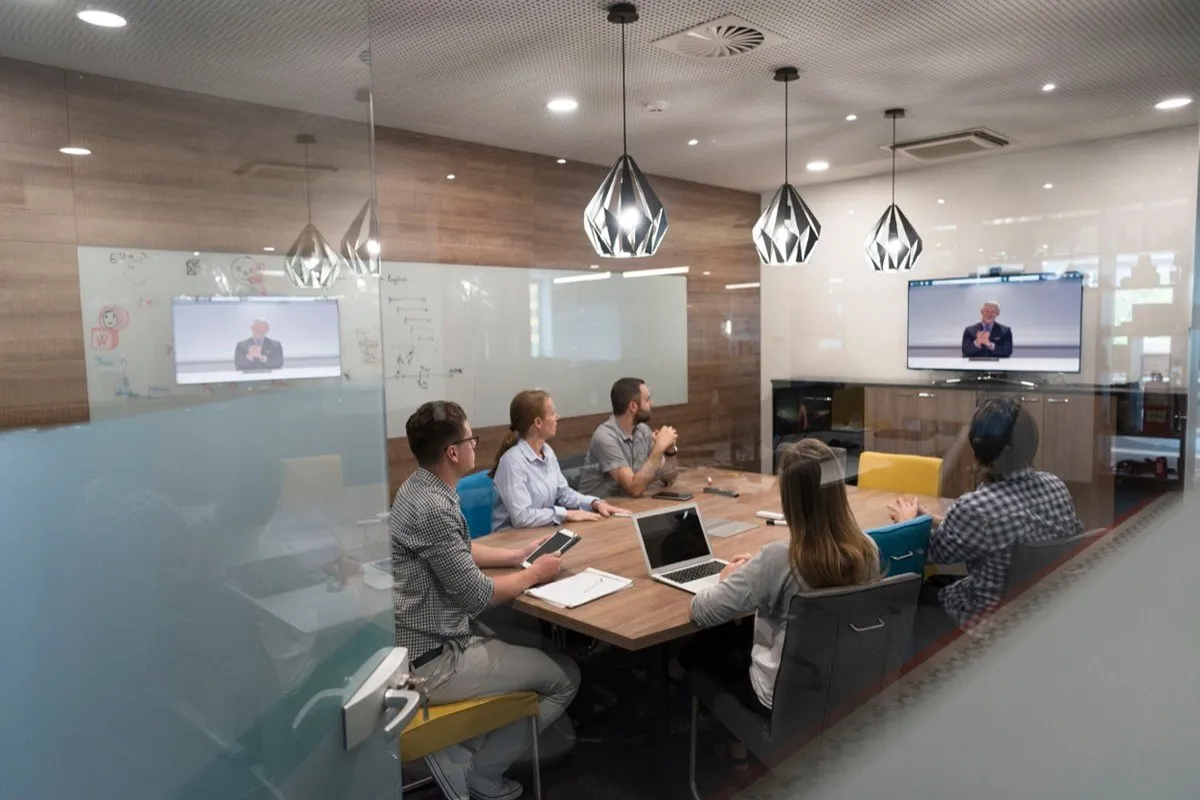Data collection and scientific and clinical insight management are an integral aspect of what medical affairs teams do.
It’s also work that is becoming increasingly complex. The sheer volume of data generated each day in healthcare is overwhelming. Patient advocates, clinical researchers, HCPs — there are several fountains of knowledge from which to drink. Simply curating the right sources of data is a major task. Translating that data into actionable information is equally or more challenging.
This is the state of scientific and medical insight management today.
Below, we will explore some of the various sources of insights, and what challenges each poses to medical affairs teams, as well as what opportunities lie in their unique data.
Insights From Real World Data
Perhaps one of the most quietly revolutionary developments in healthcare in the last decade has been the emergence of new tools that allow for easy real world data capture. Wearables and remote monitoring devices have made it possible to measure the health of millions of patients at once, at scale.
McKinsey researchers David Champagne, Alex Davidson, Lucy Pérez and David Saunders argue that the next developments in real world evidence collection will create significant value for pharmaceutical companies — so long as that data is well-sourced and curated.
“Building a network of relationships with carefully chosen data providers helps pharma companies secure privileged access to data and develop proprietary enriched data sets to answer business-critical questions about key assets,” they write.
“To do this, companies scan multiple market landscapes to identify emerging data generators and aggregators, develop a clear process for acquiring and accessing data, and adapt their enterprise governance to support collaboration.”
One such source of data aggregation emerged during the COVID-19 pandemic. COVID data dashboards, typically built from publicly available data, helped policymakers, reporters and individual people make more informed decisions as the pandemic progressed.
Could the world’s experience with data dashboards bring about new applications for open data? Perhaps, but as Sunyoung Pyo, Luigi Reggi and Erika G. Martin at Health Affairs write, certain challenges remain:
- Governments don’t often proactively spend money on public health projects. Will there be sufficient incentive for them to invest in open data projects?
- Someone will have to be responsible for the quality, timeliness and availability of that data. Who will shoulder that responsibility?
- Some governments published rather granular data during the COVID-19 pandemic. Where will people draw the line between the public’s right to know and the person’s right to medical privacy?

Insights From Claims and Payer Data
COVID-19 also laid bare some important lessons about the insights that can be gleaned from health insurance claims and payer data.
One key takeaway: Medical affairs will have to fold economic realities into their insights analyses.
That’s because claims data do not necessarily reflect certain populations in the U.S., Maimuna S. Majumder and Sherri Rose write at Health Affairs, as was the case with COVID-19 infection rates among groups less likely to have health insurance.
“We know that many people who are ill, especially with respiratory infections, do not appear in claims data because they do not have an encounter with the health care system, contributing to the lack of representativeness of the data as well as to an undercounting of cases,” Majumder and Rose write.
Understanding socio-economic demography is therefore essential to assessing any sample size from a claims dataset. It’s also going to impact how healthcare professionals in general understand the idea of value when working with value-based models of care delivery.
“For MSLs, they will need to become comfortable extending their vocabulary to engage with business executives,” says Hemal Shah, president and founder of the consultancy Value Matters.
“Business acumen and HEOR [health economics and outcomes research] will likely be as important to the conversation as clinical trial results. HEOR methods are often the vanguard of healthcare evaluations with dynamic, innovative methods to address value demonstration and market access in the constantly changing environment.”
Insights From Advisors
Advisory boards still present many of the same informational challenges they always have. An effective advisory board brings a balance of perspectives and authority, though not with so much authority endowed in any given person that they dominate conversations.
Lessons from the pandemic, however, will also shape the way MA teams approach their advisory boards. Very likely, many of those approaches will be remote.
“The COVID-19 pandemic has created a ‘new normal’ and I anticipate that virtual engagements will become routine practice across the industry by 2025,” says Charlotte Kremer, EVP and head of medical affairs at Astellas Pharma Inc.

Insights From Healthcare Providers
As with advisory relationships, COVID-19 forced medical affairs teams to connect with HCPs remotely. During those long months of crisis, it became clear how important quick, efficient communication was for healthcare providers — and how important prep work is for MSLs, who need to approach those interactions with a precise understanding of the context in which those HCPs were working.
Virtual interactions, therefore, were a boon to HCPs who needed to make care decisions quickly. This will likely remain the case after the pandemic, as they seek out a helpful balance of in-person interactions and remote connections, say Eric Mortensen of Janssen Immunology and Liviu Niculescu of Bluebird Bio, both speaking at an October 2020 MAPS town hall.
Even as the sources of insights grow more diverse and more complex, fundamental truths remain: Seek out reliable data, prepare ahead to get the most out of each interaction, and bring an awareness of the larger socio-economic contexts in which healthcare provision is embedded.
